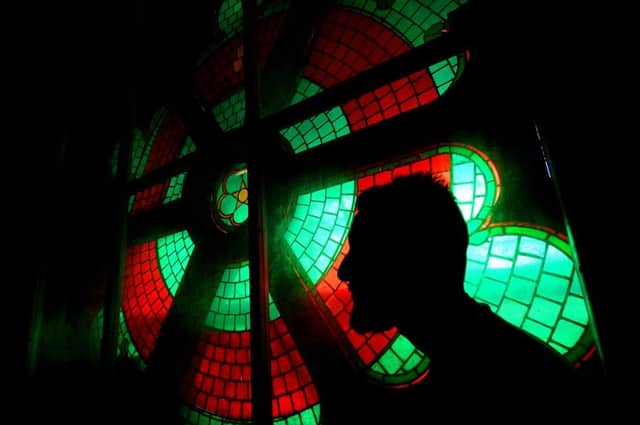Riot outside Leeds theatre identified as a defining moment in crusade for women's rights


The door stewards had been warned to keep their eyes peeled for any non-qualifying individuals wearing disguises.
But they were outnumbered by a demonstration nearby on behalf of the unemployed, and when agitators urged the crowd to “break down the doors”, they all went down in history.
Advertisement
Hide AdAdvertisement
Hide AdThe repercussions of the riot that ensued were to be felt for years, and today the building they stormed is recognised by Historic England as one of the 41 defining locations of the suffragette movement.
The list also includes the Cutlers’ Hall in Sheffield – where two leaders of the suffrage crusade, Christabel Pankhurst and Mary Gawthorpe, addressed meetings and where a police cordon had to keep Winston Churchill safe from suffragettes at the Annual Cutlers’ Feast – and Westminster Abbey, where services were interrupted and the coronation chair was damaged by a bomb.
Herbert Asquith’s visit to what was then the Coliseum Theatre in Leeds, six months after moving into 10 Downing Street, was a significant chapter in the suffrage movement – and, an expert said last night, one that is often overlooked.
It was there that Sarah Jane Baines, an organiser of the Women’s Social and Political Union, was arrested and became the first woman to be tried by jury for a suffrage offence.
Advertisement
Hide AdAdvertisement
Hide AdAt Leeds Police Court, it was said that she had tried to get inside the PM’s meeting in order to “gain an interview”.
Ms Baines denied that her Union was “in league with the unemployed” but was fighting instead for “liberty, freedom and justice for women”.
Her protest was one of many that helped spread the suffrage movement, said historian Nicola Pullan.
“The role of Leeds women have been overlooked,” she said. “There are lots of women who were either born or ended up in the city that made quite significant contributions and we are now starting to unpick their stories.”
Advertisement
Hide AdAdvertisement
Hide AdThe militant Leeds suffragette Leonora Cohen, who later smashed the display case for the Crown Jewels in the Tower of London, and who is the subject of an exhibition at the Leeds Abbey House Museum, had also been due at the Coliseum, but arrived after the PM had been swept away. Instead, she smashed windows at the Leeds Labour Exchange and was sent to jail.
The 41 sites on today’s list are already preserved, but for their architectural, rather than political, significance.
Celia Richardson, of Historic England, said: “Even though there are few tangible markers left, 41 of the listed buildings and places the suffragettes used as their public theatre of protest have had their official records updated, ensuring the part they played in the struggle for suffrage is fully recognised.”
The list, marking the centenary of some women getting the vote, includes the Prince’s Stand at Epsom racecourse, where the suffragette Emily Davison was fatally injured after she ran in front of the King’s horse.
Also listed is a Birmingham school where two suffragettes were so “charmed with this old-world room” they could not bear to set it on fire, according to a message they left on the blackboard.